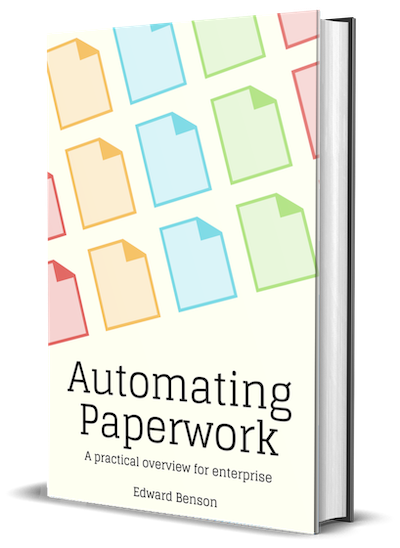How to find NLU use cases likely to succeed?
As a field, AI is growing so rapidly that it can sometimes be hard to cut through the hype and figure out what will actually work. It's worth noting that the hype is usually grounded in good intentions on all sides: the sky really does seem the limit right now, but we're also still learning to get there.
But even well-intentioned hype presents big challenges:
- From the enterprise perspective, the AI world is filled with big promises and potential, but a mixed track record of results that make it to production
- From the AI perspective, enterprises are eager partners willing to experiment, but sometimes so eager that they dive into projects with little diligence and preparation
There's an easy way to navigating these problems: find an "AI Hammer" that seems to work reliably across a broad range of "use case nails," learn to pattern match for these nails, and learn to perform excellent diligence on them.
For the rest of this guide, we won't be talking about AI, Natural Language Understanding, or document automation in general. Rather, we'll focus on a specific set of "hammer and nail" problems that are widespread in your organization, easy to pattern match for, and produce predictable results. We'll call this class of problems "Document Extraction" problems.
Document Extraction: A reliable hammer with many nails
Document Extraction, as we'll use it, is the set of problems concerned with:
- Finding the inputs to some business operation Examples: pre-filling a database field, spreadsheet row, or service invocation As opposed to: gathering open-ended knowledge, modeling topics
- ...Inside documents intended for humans Examples: PDFs, HTML, Emails, DOCX, Plain Text As opposed to: chatbots, telephone conversations
- ...by identifying regions of text Examples: finding paragraphs, fields, and information objects As opposed to: analyzing sentiment, interpreting meaning, or predicting a result
Document Extraction problems are the set of problems that can be described as "finding the right X in Y". That might mean finding a document in a filing cabinet, a page in a document, a paragraph in a page, or a field in a paragraph.

Why is this framing a sweet spot? Point-for-point above, because:
- It highlights the importance of clearly defining the inputs to a business problem.
Without this diligence up front, it's hard to be successful in a document automation project. - It grounds your thinking in terms of the actual documents in your business today.
As opposed to trying to encode and model the know-how inside the minds of your employees. - It constraints your use of AI to only extracting information, as-is, in documents.
Strictly extracting information, rather than abstracting — or summarizing and interpreting — it, aligns you with a set of more production-proven off-the-shelf solutions.
Do you have to stick with this framing? No! Absolutely not. There is a wide world of exciting AI and NLU work awaiting you. Chat bots, machine translation, sentiment analysis, question answering, and so on.
But will sticking with this framing provide a simple playbook that acts as a valuable on-ramp to an NLU strategy likely to succeed? Most definitely yes. And that will position you to go beyond it later if you deem necessary.
